New Scientist covers the latest developments in science and technology that will impact your world. New Scientist employs and commissions the best writers in their fields from all over the world. Our editorial team provide cutting-edge news, award-winning features and reports, written in concise and clear language that puts discoveries and advances in the context of everyday life today and in the future.
Elsewhere on New Scientist
Quantum thoughts • Ambitious attempts to explain consciousness should be given a fair chance
New Scientist Australian Edition
A shimmering tangle of limbs
Analysis Cloning • Does the birth of a cloned monkey mean we could now clone people? A healthy rhesus monkey has been born after being cloned from fetal cells, but creating a clone of an adult human being would be much harder, finds Michael Le Page
Siberia’s mysterious craters may have been carved out by hot gas explosions
The first unhackable shopping payments on quantum internet
Islands on Titan may be icebergs • Ephemeral “magic” features in the moon’s seas may be made of odd clumps of snow
AI comes up with battery design that uses less lithium
A breath ‘fingerprint’ could be used to unlock your phone
Pregnancy makes brain regions shrink, but most regrow again
Amazon hides ancient megalopolis • Researchers reveal that a mysterious civilisation built a network of cities and roads in the rainforest between 3000 and 1500 years ago, and then vanished, finds Michael Le Page
Covid-19 variant JN.1 may be the mildest form of the virus yet
Molecules vital for life could survive in Venus’s acid clouds
US hydropower generation set to fall as climate gets drier
The sun could contain a tiny black hole that formed in the big bang
Rocket engine burns itself up for fuel • A prototype rocket uses its own fuselage as propellant to avoid carrying dead weight
Some corals change sex each year to boost mating odds
Water pipes farmed for electricity • Passing drinking water through mini-turbines can provide huge amounts of renewable energy
NASA unveils X-59 plane to test quiet supersonic flight
Weibo fails to curb abuse by showing users’ locations
California frog reintroduction is a rare win against deadly fungus
Multiple sclerosis as a protector? • The same genes that cause multiple sclerosis may have prevented nomadic herders from catching infections from their animals, finds Clare Wilson
Origin of weird radio burst found
Fossilised skin is oldest known
Numbats are overheating as Australia gets warmer
Really brief
A dying shame • Twenty years after we developed a cervical cancer vaccine, the disease is still killing. Politics and economics got in the way, says Linda Eckert
No planet B • Would you like that in cod skin? A project in Iceland is setting out to use every part of caught fish, including repurposing waste fish skin to make leather and skin grafts, finds Graham Lawton
Manatee magic
Your letters
Inside the real multiverse • There is a lot to learn about the physics of multiverses from a great new guide. Take note, makers of science-fiction blockbusters, says Bethan Ackerley
A wakeful wonderland • Nighttime can offer a world of creativity and connection with nature – especially for women, finds Catherine de Lange
New Scientist recommends
The sci-fi column • Truth and fiction Him, a provocative retelling of the story of Jesus, imagines the son of God as a transgender man. But is this novel by veteran sci-fi writer Geoff Ryman really about gender, wonders our new sci-fi columnist Emily H. Wilson
The quantum mind • With anaesthetics and brain organoids, we are finally...
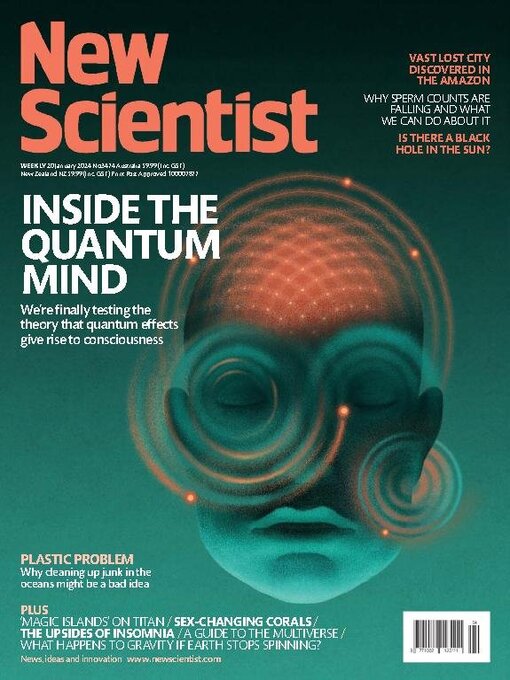
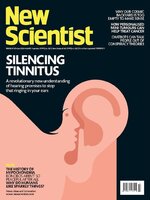 Apr 20 2024
Apr 20 2024
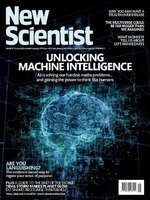 Apr 13 2024
Apr 13 2024
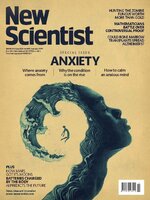 Apr 06 2024
Apr 06 2024
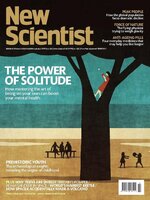 Mar 30 2024
Mar 30 2024
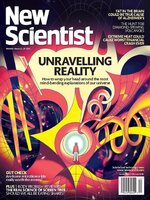 Mar 23 2024
Mar 23 2024
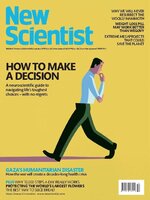 Mar 16 2024
Mar 16 2024
 Mar 09 2024
Mar 09 2024
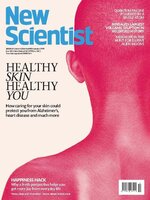 Mar 02 2024
Mar 02 2024
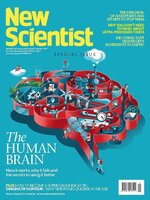 Feb 24 2024
Feb 24 2024
 Feb 17 2024
Feb 17 2024
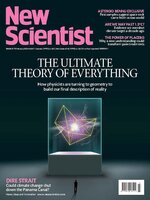 10 Feburary 2024
10 Feburary 2024
 Feb 03 2024
Feb 03 2024
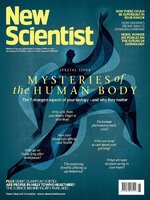 Jan 27 2024
Jan 27 2024
 Jan 20 2024
Jan 20 2024
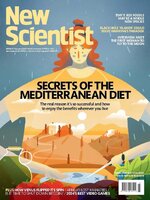 Jan 13 2024
Jan 13 2024
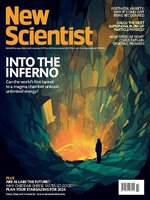 Jan 06 2024
Jan 06 2024
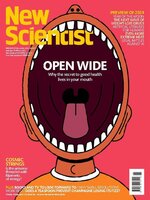 Dec 30 2023
Dec 30 2023
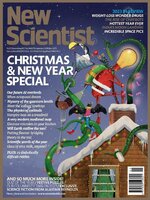 Dec 16 2023
Dec 16 2023
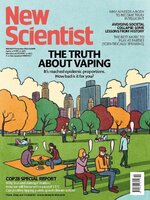 Dec 09 2023
Dec 09 2023
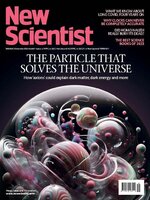 Dec 02 2023
Dec 02 2023
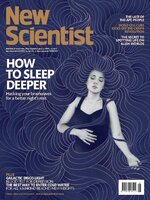 Nov 25 2023
Nov 25 2023
 Nov 18 2023
Nov 18 2023
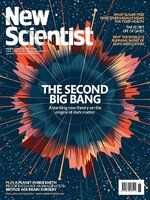 Nov 11 2023
Nov 11 2023
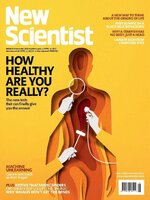 Nov 04 2023
Nov 04 2023
